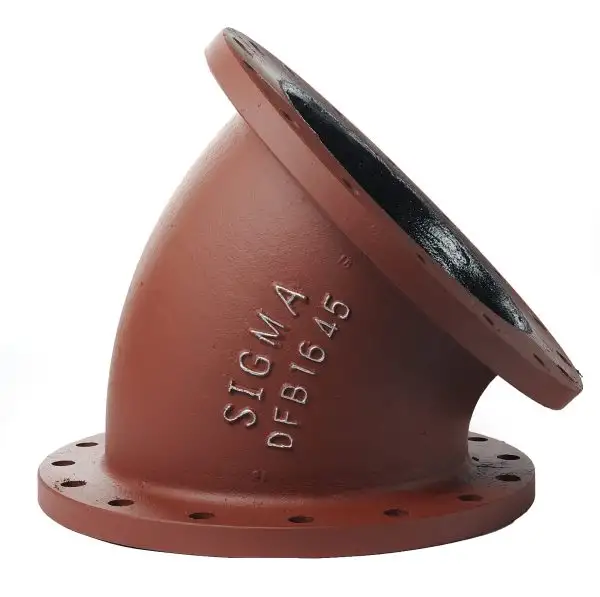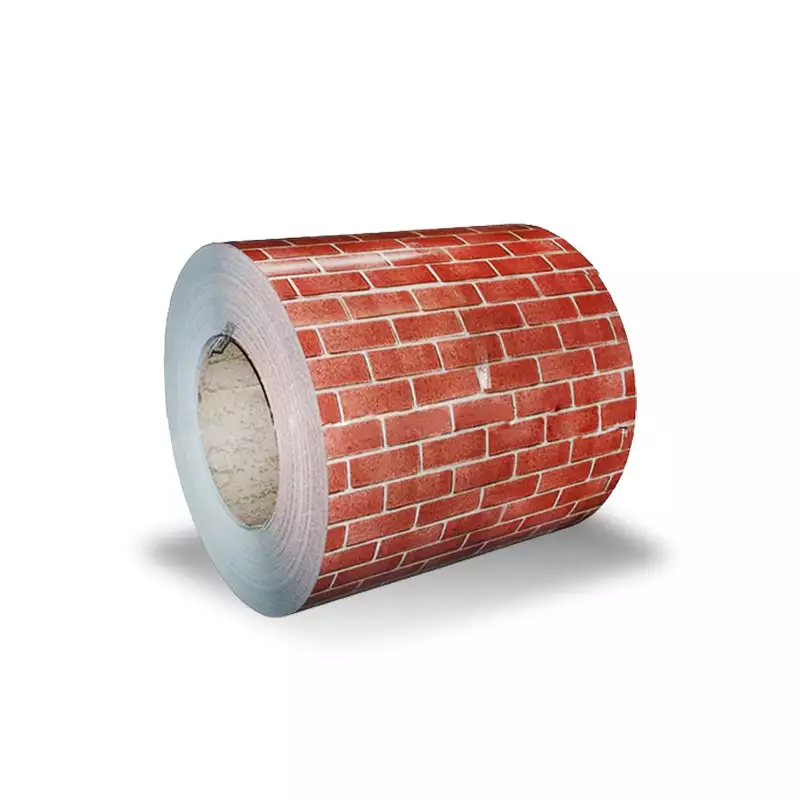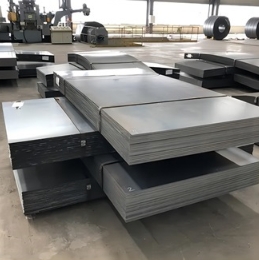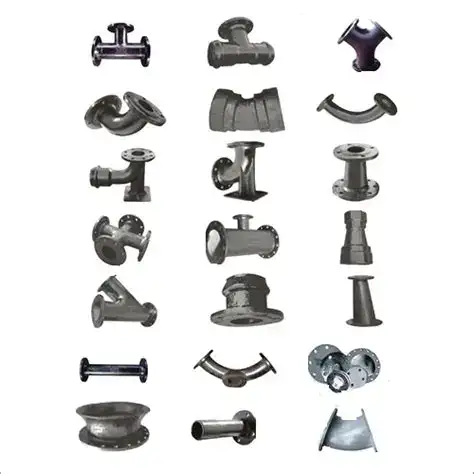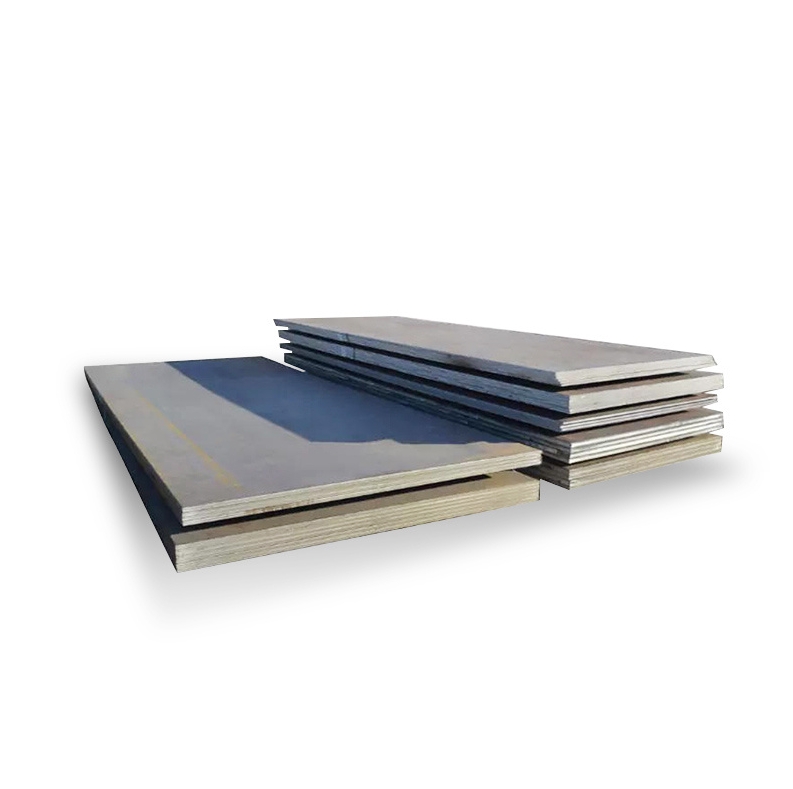When selecting blade steel, the critical choice between 1055 carbon steel and 440C stainless steel hinges on prioritizing either extreme toughness or corrosion resistance. 1055 (0.55% carbon) delivers superior impact absorption and easier sharpening – reaching HRC 57-60 when heat-treated – making it ideal for survival knives and chopping tools, though it rusts rapidly without maintenance. Conversely, 440C (1.2% carbon, 16-18% chromium) provides exceptional stain resistance and higher hardness (HRC 58-62), excelling in surgical instruments, marine applications, and EDC knives where edge retention outweighs toughness needs. While 1055 costs 30-40% less, 440C’s alloy complexity justifies its premium for corrosion-prone environments.
Chemical Composition
We begin with the basic chemistries, since alloying elements drive all downstream properties.
-
1055 Carbon Steel
-
Carbon (C): 0.48–0.55 wt%
-
Manganese (Mn): 0.60–0.90 wt%
-
Silicon (Si): 0.15–0.35 wt%
-
Phosphorus (P): ≤ 0.04 wt%
-
Sulfur (S): ≤ 0.05 wt%
-
-
440C Stainless Steel
-
Carbon (C): 0.95–1.20 wt%
-
Chromium (Cr): 16.0–18.0 wt%
-
Manganese (Mn): ≤ 1.00 wt%
-
Silicon (Si): ≤ 1.00 wt%
-
Molybdenum (Mo): ≤ 0.75 wt%
-
Phosphorus (P): ≤ 0.04 wt%
-
Sulfur (S): ≤ 0.03 wt%
-
We note that 440C’s high chromium content confers passivation; 1055 lacks significant alloying beyond carbon, so it remains plain‑carbon.
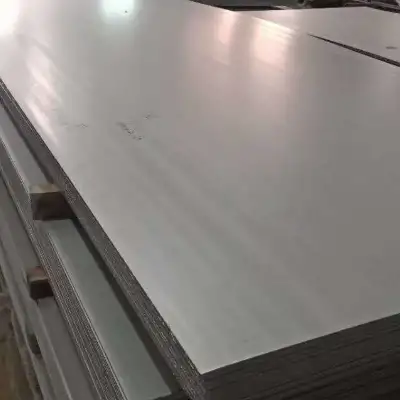
Microstructural Characteristics
Here’s what we see under the microscope:
-
1055
-
Ferrite and pearlite in annealed state
-
Pearlite lamellae spacing increases with lower cooling rate, boosting toughness
-
After quenching and tempering: martensitic islands within a ferritic matrix
-
-
440C
-
Fully martensitic when quenched to around 100 °C
-
Carbide precipitates (chromium carbides) uniformly dispersed
-
Tempering yields tempered martensite plus retained carbides
-
Therefore, 440C develops a finer and harder microstructure.
Mechanical Properties
We measure strength, ductility and hardness.
-
1055 (Normalized)
-
Tensile Strength: ~620 MPa
-
Yield Strength: ~415 MPa
-
Hardness: ~160 HB
-
-
1055 (Quenched & Tempered)
-
Hardness: up to ~400 HB
-
-
440C (Annealed)
-
Tensile Strength: ~760 MPa
-
Yield Strength (0.2% offset): ~425 MPa
-
Hardness: ~97 HRB
-
-
440C (Hardened & Tempered)
-
Hardness: 58–60 HRC
-
Tensile Strength: ~1970 MPa
-
Thus, 440C can more than triple the hardness of annealed 1055, but at the cost of toughness.
Heat Treatment Practices
We emphasize control of cooling rates and tempering to balance properties.
-
1055
-
Austenitize at 810–840 °C
-
Quench in oil or salt bath to 60–100 °C
-
Temper at 200–550 °C depending on required toughness
-
-
440C
-
Austenitize at 1040–1065 °C
-
Quench in oil or air (depending on section size)
-
Double temper at 150–300 °C for 2 hours each to minimize retained austenite.
-
Corrosion Resistance Comparison
We contrast passivation versus rust susceptibility:
-
1055
-
No significant chromium → prone to surface rust
-
Requires protective coatings or oiling for outdoor use
-
-
440C
-
≥ 16 % Cr forms a chromium oxide film
-
Good general corrosion resistance; moderate pitting resistance
-
Not marine‑grade stainless (would use 316 for saltwater).
-
Wear Resistance and Edge Retention
We analyze sliding wear and cutting performance.
-
1055
-
Moderate wear resistance; edge dulls faster under abrasive use
-
Can be resharpened easily; good toughness reduces chipping
-
-
440C
-
High wear resistance courtesy of hard martensite and carbides
-
Excellent edge holding in cutting tasks; brittleness may cause micro‑chipping if over‑hardened.
-
Typical Applications and Use Cases
-
1055
-
Agricultural machetes, wagon springs, chisels
-
Decorative swords (spring steel temper)
-
Hand tools requiring high impact strength
-
-
440C
-
Knife blades for cutlery and diving equipment
-
Roller and ball bearings
-
Surgical instruments and valve components.
-
Manufacturing and Machinability
-
1055
-
Machinable in annealed condition; good chip control
-
Welding: feasible, but preheat/peening needed to avoid cracking
-
-
440C
-
Annealed: moderate machinability; glassy carbides can clog tools.
-
Post‑hardening machining/tumbling only; only minor stock removal before heat treat.
-
Welding: seldom welded due to martensitic crack risk.
-
Comparative Property Table
| Property | 1055 Carbon Steel | 440C Stainless Steel |
|---|---|---|
| Carbon Content | 0.48–0.55 wt% | 0.95–1.20 wt% |
| Chromium Content | ≤ 0.25 wt% | 16.0–18.0 wt% |
| Typical Hardness (HRC/HB) | 160 HB (normalized) | 58–60 HRC (hardened) |
| Tensile Strength (MPa) | ~620 MPa | ~1970 MPa |
| Yield Strength (MPa) | ~415 MPa | ~425 MPa |
| Impact Toughness | High | Low–Moderate |
| Corrosion Resistance | Poor | Good |
| Wear Resistance | Moderate | High |
| Heat Treatment | 810–840 °C; oil quench | 1040–1065 °C; oil/air quench |
| Typical Applications | Tools, springs, blades | Knives, bearings, surgical |
| Machinability (Annealed) | Good | Fair |
Frequently Asked Questions
Q1: Can we weld 440C stainless safely?
We typically advise against welding 440C, because post‑weld martensite can crack. If welding is mandatory, preheat to ~150 °C and post‑weld temper at ~200 °C is used, yet full hardness is lost.
Q2: How does heat treat temperature affect 1055 toughness?
Tempering at lower temperatures (200–300 °C) retains hardness but reduces ductility; higher tempering (500–550 °C) improves toughness at expense of some hardness.
Q3: Is 440C suitable for coastal marine environments?
Although 440C resists rust better than carbon steels, chloride‑rich atmospheres can pit 440C. For prolonged saltwater exposure, we prefer 316 or 17‑4 PH.
Q4: What sharpening angle works best for each alloy?
We sharpen 1055 blades at 25° per side to balance edge strength and sharpness. For 440C, 20° per side yields superb cutting but risks chipping if misused.
Q5: How does cost compare between the two?
Raw‑bar stock of 1055 is roughly 30–50 % less expensive than 440C. However, lifecycle maintenance (coating, oiling) may tilt the balance depending on service environment.
Conclusion
We recommend 1055 when impact resistance and affordability outweigh the need for extreme hardness or corrosion resistance. In contrast, 440C is our pick for premium blades, bearings and components demanding high hardness, wear life and adequate rust protection.



